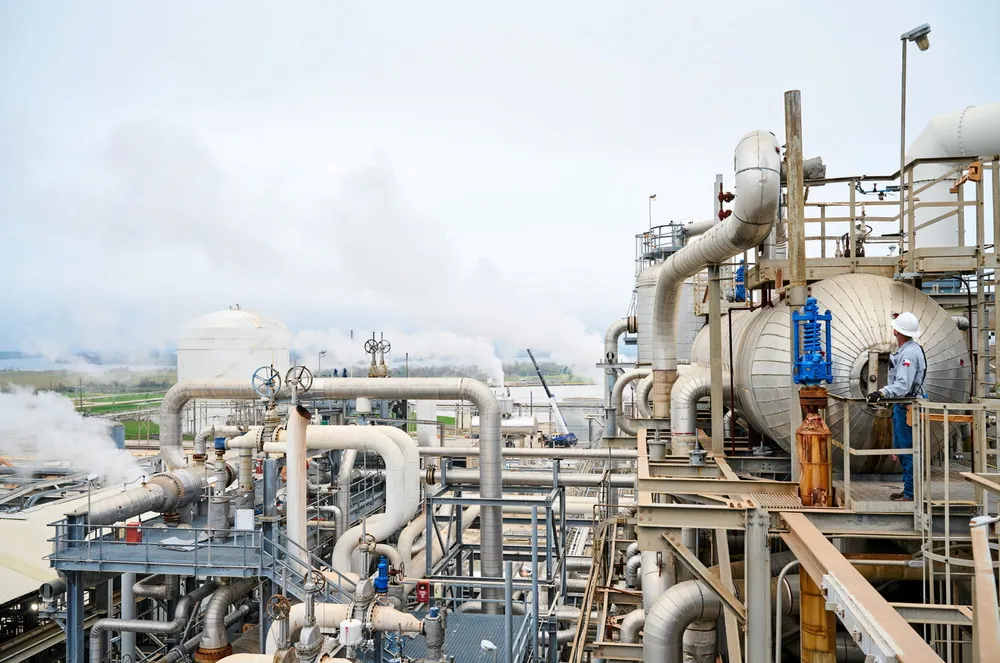INTERVIEW | 'We can’t wait around for green hydrogen to scale — the world needs blue ammonia for food production now'
Our new blue NH3 plants are crucial for everyone but our plan doesn’t end there, says fertiliser giant OCI in exclusive interview with Hydrogen Insight
